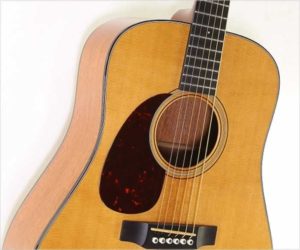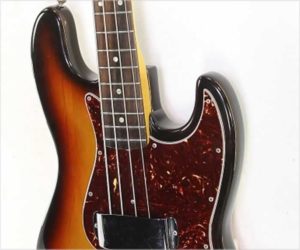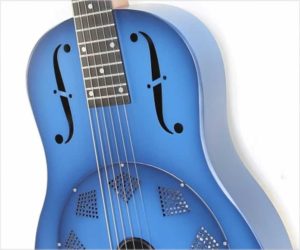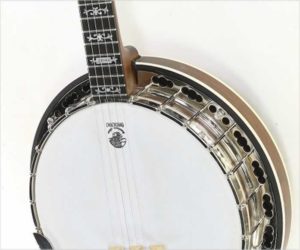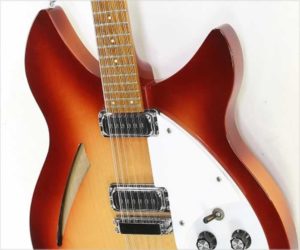The National Reso-Phonic Reso Rocket Wood Body is a newly designed single resonator cutaway guitar incorporating a redesigned coverplate pattern to complement the distinctive Tricone-style grille work. The upper bout of the wood body has been modified with a deep cutaway for easier access to the higher frets.The very first versions of this innovative guitar were named the ‘Wocket’ and ultimately became the Reso Rocket WB.
Instruments
Basing its design on the classic square-shoulder Dreadnought (the D) with Mahogany back, sides and neck (the M) and pairing that with a Sitka Spruce top, the Breedlove DM Custom Left Handed also features pre-war style scalloped bracing and an aged-toner top. The fingerboard and bridge are both Ebony, and the rosette evokes the simple patterns of classics like the D-18.
This instrument has sold
MORE →The Fender Jazz Bass appeared in 1960, at a time when Fender dominated the electric guitar and bass market, but needed to introduce new models. The Jazz Bass Intended as a Deluxe instrument with a very different sound, look and feel from the Precision Bass, which had in a few years become a standard. However, the P-Bass was not fully accepted by Jazz players, and Fender wanted to expand their market to include them.
This instrument has sold
MORE →The Sierra is Deering’s most popular banjo, because it delivers what really matters to a banjo’s performance in an affordable package. In the optional Maple version, it has a brighter and more focused tone. In addition to the Maple rim, resonator and neck, the Sierra has an Ebony fingerboard and composite inlays.This is a Deering Sierra built during 2010 in Spring Valley, California, in good overall condition with the optional ‘railroad spike’ capo tacks installed. It has been set up in our shop by Anne Hartman and the action is set to 5/64ths. The original Deering hard shell case is included.
This instrument has sold
MORE →Introduced in 1965 as a dressed down version of 1964’s groundbreaking 360/12, the Rickenbacker 330/12 was immediately popular. The 330 model guitars used the pointed horns and sharper corners of the early 360 models, but without binding body or neck binding and with dot instead of triangle position markers. In 1965, the 360 body shifted to a New Style, with rounded top edges and cutaway horns, and while this has been the most prominent body shape for the 360, the 330 and 330/12 have retained their original shape.
This instrument has sold
MORE →
